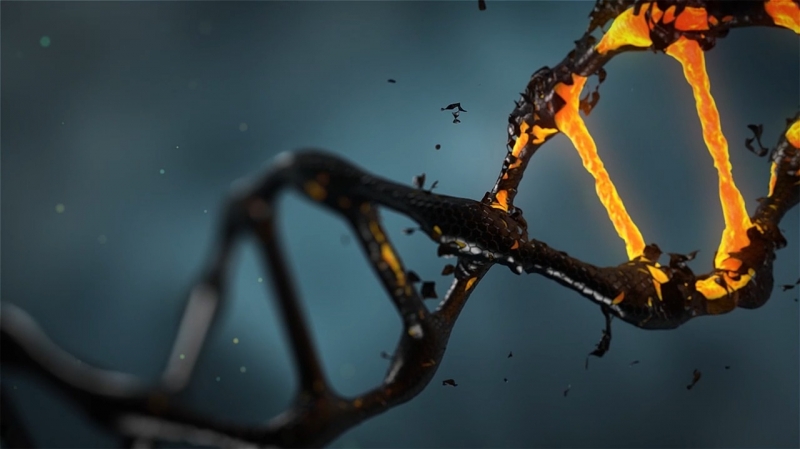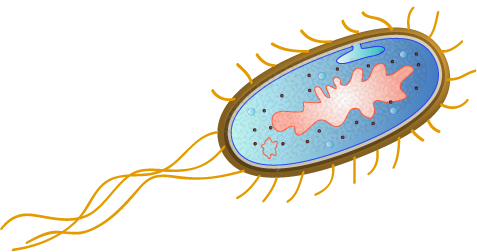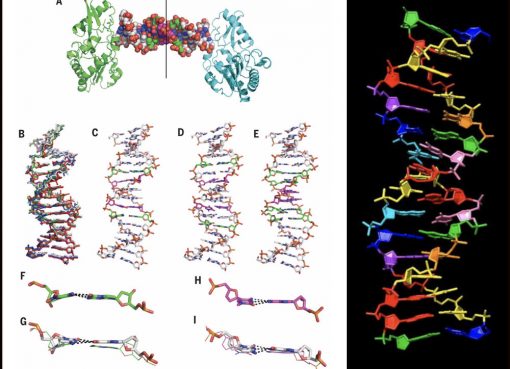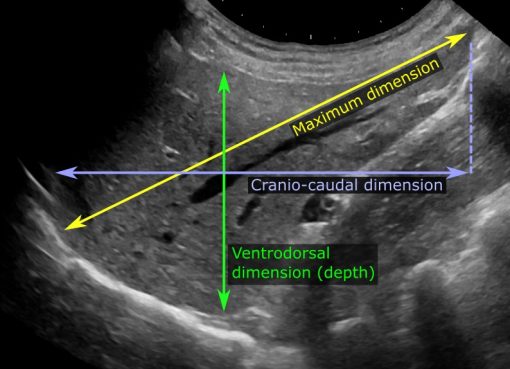A contemporary technique for DNA synthesis
Most of the biological research of the present era requires synthetic pieces of DNA in the form of primers, probes, genes and sometime even artificial chromosomes. The current process of DNA synthesis is based on nucleoside phosphoramidite method which is lengthy, error-prone with the increasing length and produces hazardous by-products. To overcome these issues, researchers have come up with a novel technique to synthesize DNA by using an enzyme found in vertebrate immune systems. This technique uses template-independent polymerase terminal deoxynucleotidyl transferase (TdT) to extend new DNA. In this method, each TdT is conjugated with a single deoxyribonucleoside triphosphate (dNTP) via a cleavable linker to incorporate the dNTP to the exposed 3′ end of the primer. After incorporation of the dNTP, the primer remains covalently tethered to TdT preventing addition of new TdT–dNTP molecules. Subsequently, the enzyme is cleaved off and washed away releasing the primer to add new TdT–dNTP molecule. By this method, 10 mer DNA strand has been produced with extension rate of single nucleotide per 10-20 seconds. This approach may form the basis of an enzymatic oligonucleotide synthesizer but the method needs to be optimized in order to synthesize longer strands of DNA with greater accuracy.
Source: Nature Biotechnology (2018), 36: 645–650.
Bacteria on the International Space Station are less detrimental
A new research from North-Western University, USA has revealed that the equivalent bacteria present on International Space Station (ISS) and earth possess different genetic compositions. The research group has performed a pangenomic meta-analysis of 189 genomes of two epidemiologically important taxa, Bacillus cereus and Staphylococcus aureus isolated from ISS, earth based built environment (BE), soil and human. The genomic data were retrieved from GenBank maintained by National Center for Biotechnology Information (NCBI). The analysis revealed that bacterial isolates from ISS and BE contain genes different from their terrestrial counterparts but interestingly these genetic differences were not associated with direct impacts on human health. The finding suggested that the concerned genetic changes in ISS bacteria were due to their lifestyle, i.e. to facilitate their survival in a harsh stressful environment. The researchers also stated that bacteria in harsh condition get mutated to live and not to cause disease as they could not observe anything special about antibiotic resistance or virulence factors in the space station’s bacteria.
Source: mSystems (2018), 4: e00281-18 https://doi.org/10.1128/mSystems.00281-18
Transgenic chicken eggs as therapeutics
Developments in transgenic technologies have allowed producing many valuable proteins by genetically-modified/engineered animals and in this regard, scientists have already shown that transgenic cows, goats and chickens can be used to produce ample amount of protein having therapeutic potential in their milk or eggs. Recently, a scientific team from University of Edinburgh’s Roslin Institute have designed genetically engineered hens that make human proteins in their eggs. The team has successfully produced human interferon α2a protein in the eggs of transgenic hens and could recover the protein at the level of 15 mg/100 ml egg white. The human interferon α2a protein has potential anti-viral and anti-cancer effects. In addition, they have also generated chicken lines to produce porcine and human colony stimulating factor 1 (CSF1) as Fc fusion proteins in eggs and could recover almost 100 mg/100 ml egg white. Finally, they remarked that high quality, biologically active protein-based drugs can be produced in chicken eggs with reduced cost.
Source: BMC Biotechnology (2018), 18:82 https://doi.org/10.1186/s12896-018-0495-1
Electron beams for inactivated vaccine production
Classically, most of the inactivated vaccines are produced by killing the pathogens with toxic chemicals like formaldehyde, etc. which is a time-consuming method as the vaccine must undergo a long filtration process to avoid traces of the toxic chemical being left behind. So, a new technique has been developed by different wings of Fraunhofer Institute from Germany to produce a large quantity of vaccine in shortest possible time. This technique uses very low-energy electron beams instead of toxic chemicals to inactivate pathogens. The electron beams break down the DNA of pathogens (single or double strand break) either by direct collisions or through the generation of secondary electrons keeping the external structure intact which is important to trigger an effective immune response. Till now, two methods have been standardized, one for mass vaccine production and another for lab-scale production based on the principle of this new technique. It was also reported that from a pilot project, 4 litres of vaccine could be produced in one hour.
Detect bacteria using smartphone
Fast detection of live bacteria is crucial for human and animal health as well as for safe environment. Today, there are several methods of detecting live bacteria in different samples staring from most conventional techniques like standard plate count (SPC) to most sophisticated fluorescence microscopy. But each of these techniques has one or the other limitation. Therefore, a research group from IIT, Delhi, India have developed a portable, user-friendly, sensitive, cost-effective and time-saving approach for detection of live, dead and drug-resistant bacteria. The method comprises of a silver nano-rod based biosensor fitted in front of mobile camera and a mobile application called “colorimetric detector”. The technique is based on hydrogen sulphide gas produced by microorganisms which is detected by the biosensor and analysis is done in the mobile app. The team has successfully tested it on four different types of bacteria- Escherichia coli, Pseudomonas aeruginosa, Bacillus subtilis and Staphylococcus aureus to detect dead and live bacteria. Furthermore, they have also differentiated ampicillin resistant and sensitive E. coli strains. This mobile-app based biosensor could distinguish live and dead bacteria within six hours which will be highly beneficial for infectious disease diagnosis and detection of antibiotic resistant bacteria to improve treatment.
Source: Biosensors and Bioelectronics (2019), 126: 478-484




